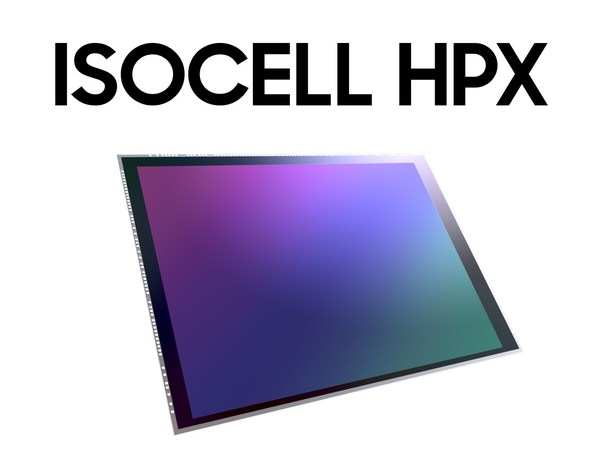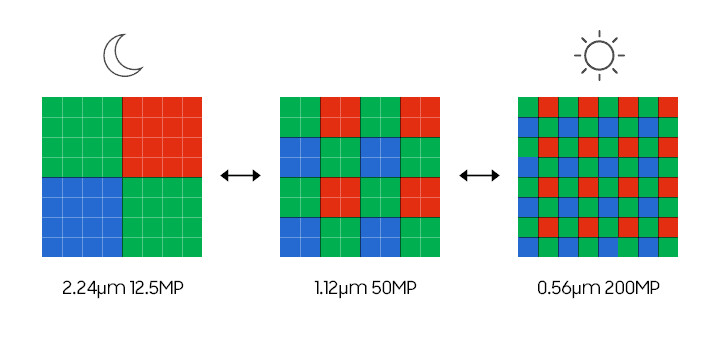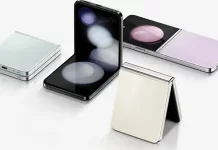Global tech giant Samsung has unveiled the ISOCELL HPX, a brand-new 200MP sensor. The new unveiling is coming on the heels of the announcement of the ISOCELL HP3 200MP sensor back in June. The ISOCELL HPX has a 0.56-micron pixel size that is capable of reducing the area of the camera module by 20%, resulting in a thinner and smaller smartphone body.

The ISOCELL HPX utilizes Samsung’s Advanced DTI (Deep Trench Isolation) technology, which not only isolates each pixel separately but also boosts sensitivity to take clear vivid pictures. The ISOCELL also has ultra-quick and ultra-precise autofocus thanks to the Super QPD autofocus solution.
Furthermore, the new sensor utilizes Tetra pixel (16 pixels in one) technology. This is capable of providing a positive shooting experience in low light. Under such conditions, the HPX can automatically switch between three different lighting modes based on the available light. Samsung says the pixel size is maintained at 0.56 microns (m) in a well-lit environment, yielding 200 million pixels. On the other hand, the pixel is converted to 1.12 microns (m) in a low-light environment, yielding 50 million pixels. Finally, in a low-light environment, 16 pixels are combined to yield a 2.24 micron (m) 12.5-million-pixel sensor.
According to Samsung, this dynamic performance will enable the ISOCELL HPX to produce sharp images as possible, even when the light source is limited.
In addition, the Samsung ISOCELL HPX sensor is capable of recording 8K video at 30 frames per second. It equally supports seamless dual HDR shooting in 4K and FHD modes. Staggered HDR, according to Samsung, captures shadows and bright lights in a scene at three different exposures: low, medium, and high depending on the shooting environment. After that, it will combine all three exposure photos to create the best possible HDR pictures and videos.

It also allows the sensor to render the image at over 4 trillion colors (14-bit color depth), which is 64 times more than Samsung’s predecessor’s 68 billion colors (12-bit color depth).
Samsung didn’t announce the availability details of the new imaging sensor. We expect to find out about that in the coming weeks.
Related:
(source)







